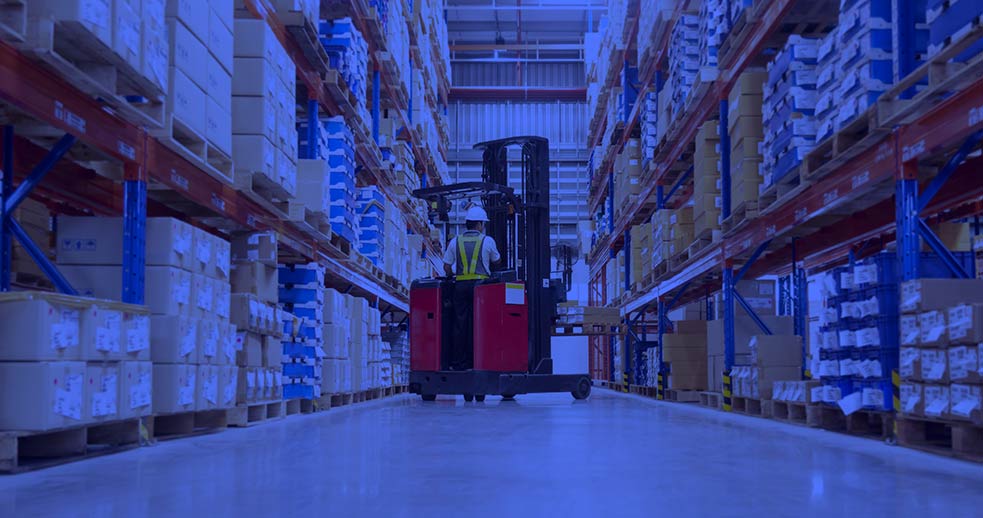Company News and Protecting Workers at Heights: The Importance of Fall Protection in the Workplace
Share
Protecting Workers at Heights: The Importance of Fall Protection in the Workplace
Falls are one of the leading causes of serious injuries and fatalities in the workplace. Whether on a construction site, industrial facility, or even during routine maintenance work, the risk of falling from height is a critical safety concern. At HSE Consulting Services, LLC, we are committed to helping our clients protect their workforce by implementing effective fall protection programs that comply with OSHA regulations and promote a strong safety culture.
Why Fall Protection Matters
According to OSHA, falls account for a significant portion of workplace fatalities, particularly in the construction industry. These incidents are not only tragic but also preventable. Employers have a legal and moral obligation to ensure that workers are protected when working at heights of six feet or more in the construction industry—and four feet in general industry.
Proper use of fall protection equipment on a construction site. Image courtesy of OSHA / U.S. Department of Labor.
Key Components of a Fall Protection Program
A comprehensive fall protection program includes:
1. Hazard Assessment
Before any work begins, it’s essential to evaluate the job site for potential fall hazards. This includes identifying unprotected edges, holes, ladders, scaffolding, and elevated platforms.
2. Fall Protection Systems
Depending on the nature of the work, employers must implement the appropriate system. Options include:
- Guardrail Systems
- Safety Net Systems
- Personal Fall Arrest Systems (PFAS)
- Positioning Device Systems
- Warning Line Systems
OSHA Fall Protection Safety Poster. Image courtesy of OSHA / U.S. Department of Labor.
3. Training
Workers must be properly trained on the fall protection systems they will be using. HSE Consulting Services offers tailored training programs that teach employees how to recognize fall hazards and properly use safety equipment.
4. Equipment Inspection & Maintenance
All fall protection equipment must be regularly inspected for wear, damage, or defects. A proactive maintenance program helps ensure that gear remains safe and compliant.
5. Rescue Planning
In the event of a fall, having a prompt and effective rescue plan in place is essential. Workers suspended in a harness are at risk of suspension trauma if not rescued quickly.
OSHA Compliance and Industry Best Practices
OSHA’s fall protection standards (29 CFR 1926 Subpart M for construction and 29 CFR 1910 Subpart D for general industry) outline employer responsibilities and provide guidance for mitigating fall hazards. Non-compliance can lead to costly fines, project delays, and worst of all—injuries or loss of life.
Infographic highlighting the importance of fall prevention. Image courtesy of OSHA / U.S. Department of Labor.
How HSE Consulting Services Can Help
At HSE Consulting Services, we work with clients across a wide range of industries to develop and implement effective fall protection solutions. Our services include:
- Site-specific fall hazard assessments
- Development of customized fall protection programs
- Hands-on employee training and certification
- Equipment evaluation and compliance inspections
- Safety oversight and program audits
Our team brings deep knowledge and practical experience to every project, helping you meet regulatory requirements while fostering a culture of safety.
Protect Your People, Protect Your Business
Investing in fall protection is not just about compliance—it’s about saving lives. Don’t wait for an incident to take action. Partner with HSE Consulting Services to safeguard your team and ensure your workplace remains safe, productive, and compliant.
Need help with fall protection? Contact us today to learn more about our safety consulting and training services.

